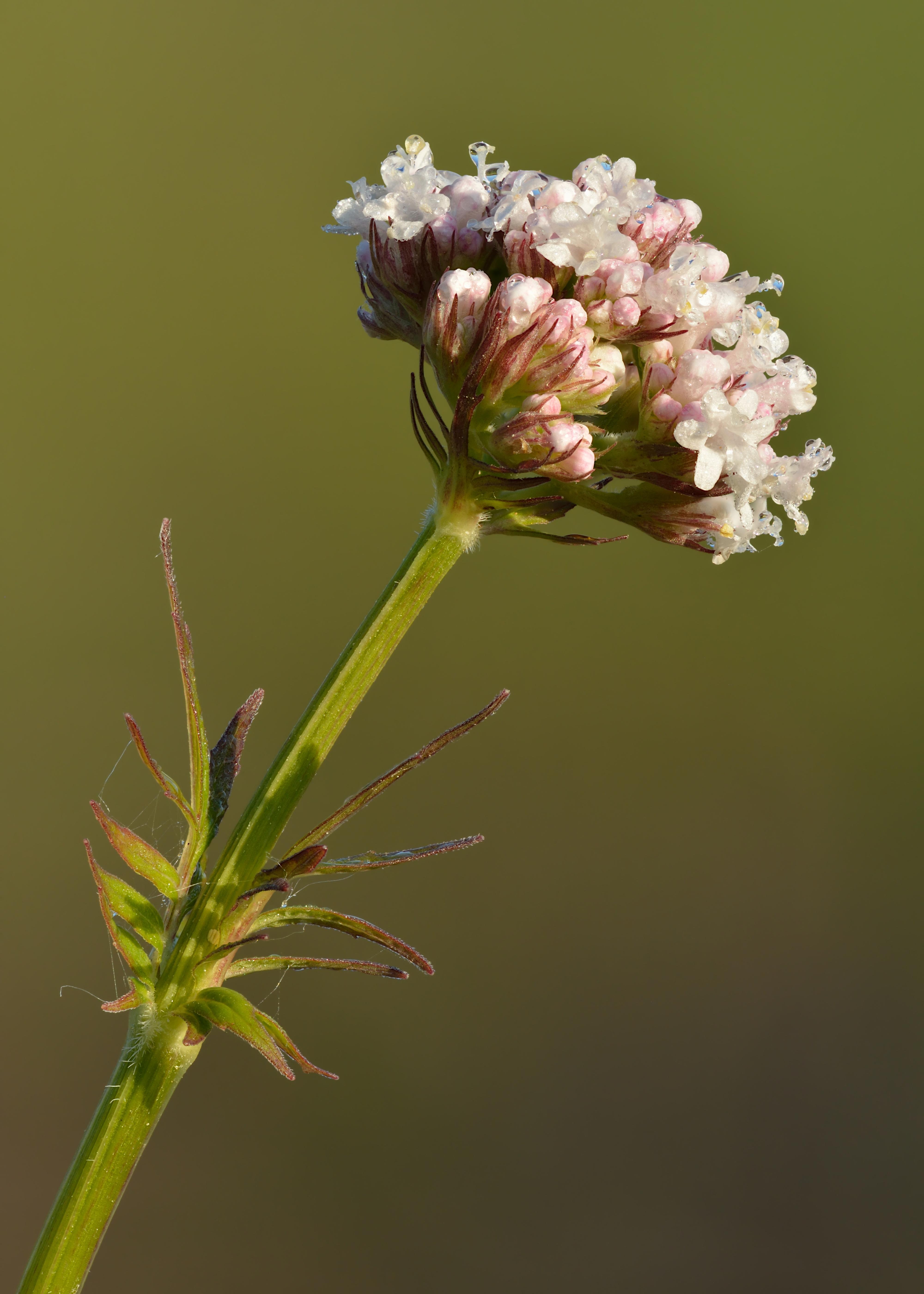
Valerian (Valeriana officinalis)
Valerian, also known as All-heal, Common valerian
The name 'Valerian' is derived from the Latin word "valere," which means "to be healthy," reflecting its traditional use for health benefits. In gardening, valerian (Valeriana officinalis) is popular for its ornamental value, featuring clusters of small, fragrant flowers that bloom in summer. It was likely introduced to North America for garden cultivation but has since become an invasive species in some areas. Gardeners appreciate it not only for its visual appeal but also for its ability to attract pollinators like bees and butterflies.
Key Facts About Valerian
Attributes of Valerian
Lifespan
Perennial, Annual
Plant Type
Herb
Plant Height
1.5 m
Spread
45 cm to 90 cm
Leaf Color
Green
Flower Size
5 mm
Flower Color
White Pink
Scientific Classification of Valerian
Phylum
Vascular plants
Class
Dicotyledons
Order
Honeysuckles, moschatels and allies
Family
Honeysuckle
Genus
Valeriana
Species
Valerian
Toxicity
Calcium oxalate ingestion or skin contact with sap